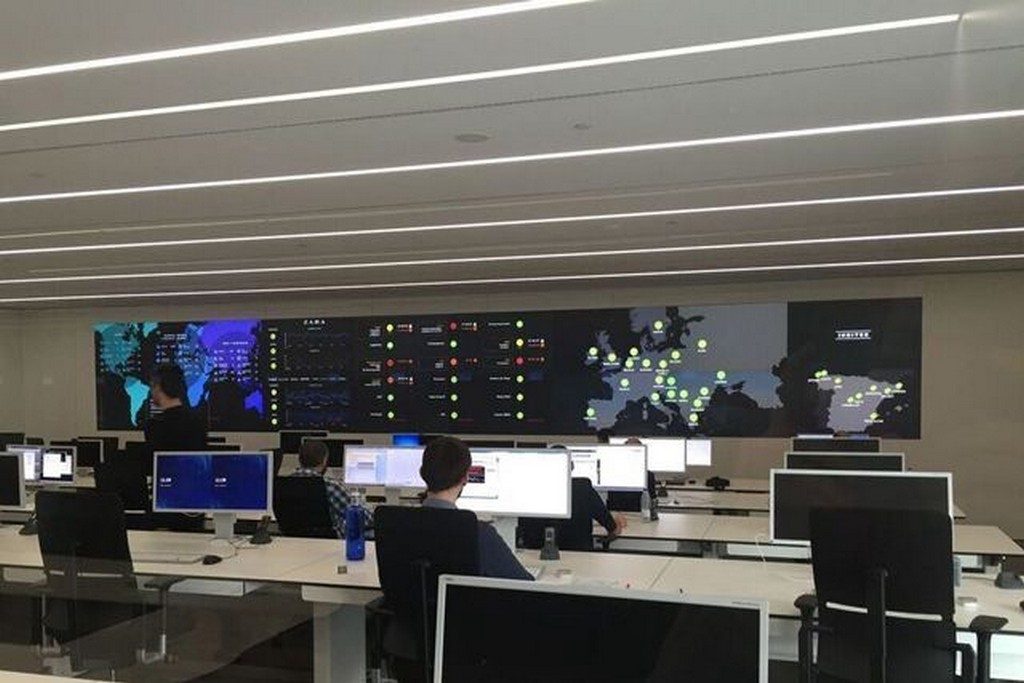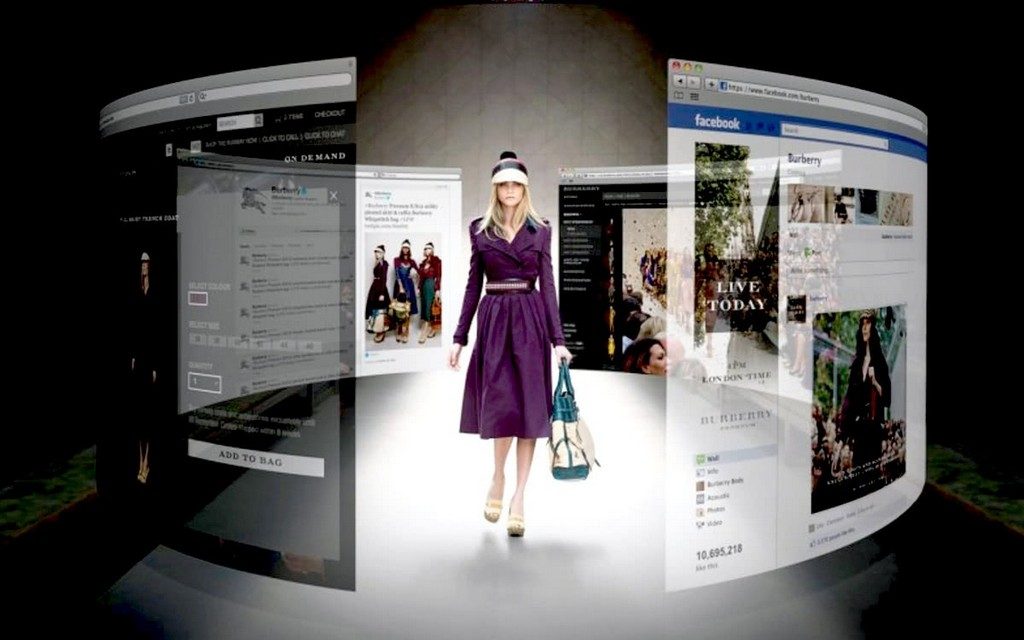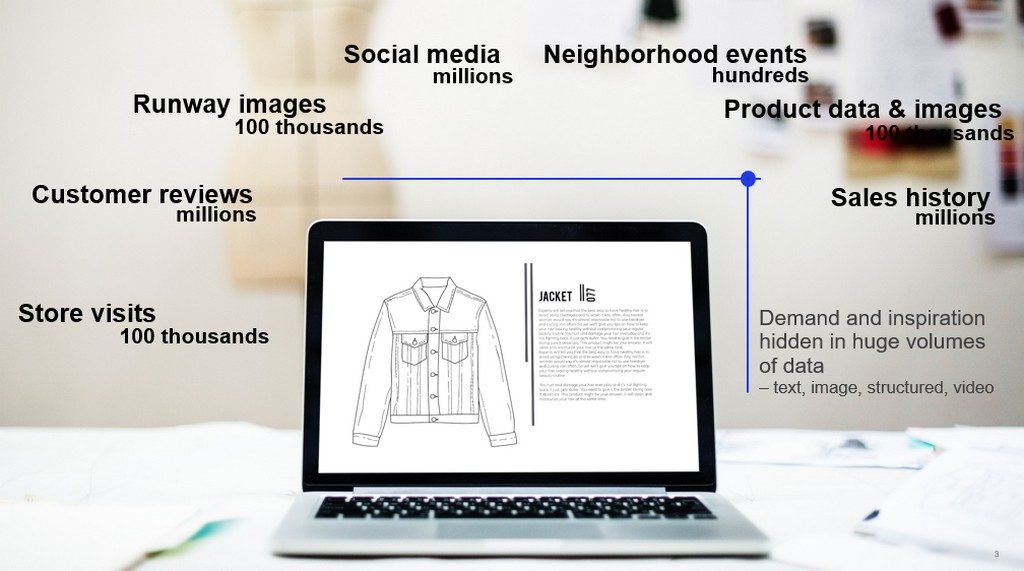DATA DRIVEN FASHION
08/11/2019 2019-11-09 6:44DATA DRIVEN FASHION
DATA DRIVEN FASHION
Data analytics is known as the study of analysis and is gaining momentum as an important tool to gather business insights to its benefactors. The fashion industry is the latest entrant in capitalizing on the technology wherein it has benefited from data gathered through Instagram feeds, runway shows, changing rooms and online shopping.
Good examples of how analytics has impacted fashion and allied industries is its use in trend forecasting companies like WGSN which conducts catwalk analytics wherein the fashion experts tag garments based on size, shape, colour, fabric and style. Retail giant – Zara collects sales data and analyzes performance of features of different SKUs. It then uses these insights to design and manufacture models that have the most popular features to satisfy demand.
Zara – Data Center

Sentiment is also analyzed to gauge reaction before the release of a new collection, wherein images of the collection are released on Social Media and comments are analysed. Whereas Wi-Fi data collected from the signals in a store can be used to track the pattern of customer movement in each section. This data is used to arrange merchandise to gain maximum sale advantage.

If trends are driven by data, then what happens to creativity? Fashion buyer Steve Brown states otherwise. He is of the belief that efficient production cycles will let designers to focus on what they love. It also helps to leverage and improve the efficiency of production cycles, so that designers can concentrate on creating new styles.
Data is a time-saver and helps to validate intuition which fits perfectly with the large scale fashion industry to collect large volume of data inorder to understand customers and trends better than before. As those data collection efforts grow, more sophisticated artificial intelligence will reshape brands approach to product design and development, with a focus on predicting what customers will want to wear next. Improved predictions help the company stock merchandise more efficiently across thousands of stores.

Data and technology are not only driving a new role for designers, they are also empowering the consumer by collecting real-time feedback from the consumer, be able to create any pattern, style, size, and more in minutes, 3D model it and eventually 3D print it. So not only will data and technology save designers a great deal of time, it will also enable us to design what people actually want to wear. And this will transform the fashion and its related industries.
Data cannot replace human creativity it should be used only to supplement it, for faster and accurate results. It will provide an edge against competitors and is a means to understand the economic feasibility and its demand among consumers.
Blog by:
Anoushka Makhija
BSc. Fashion and Apparel Design 2019













